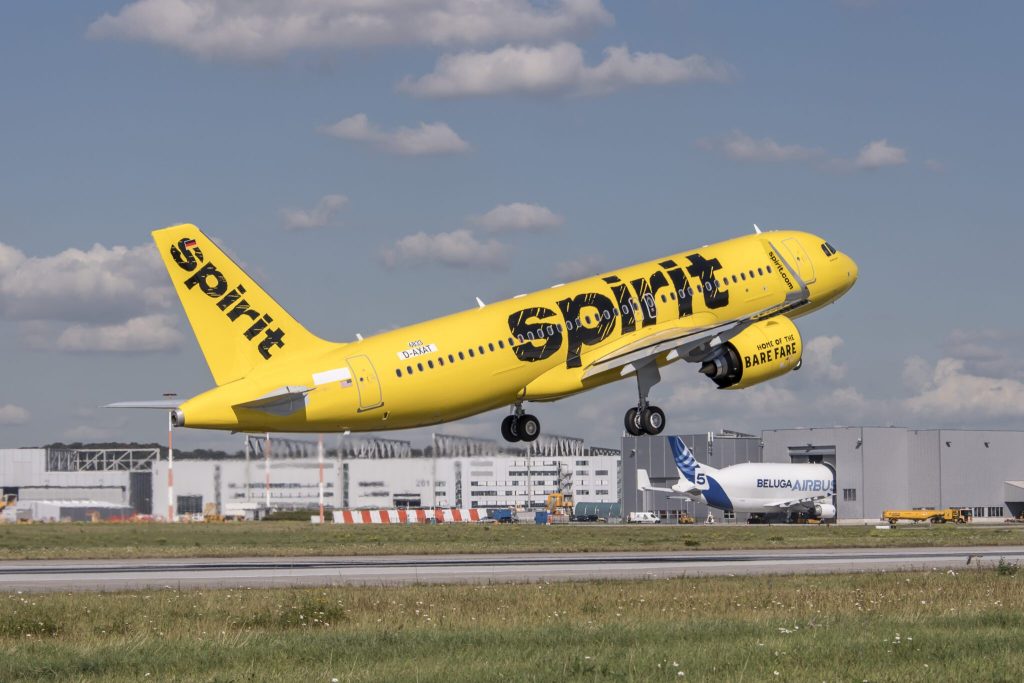Spirit Airlines recently announced that it would be dropping change and cancellation fees for most fare classes, except for group bookings. The policy change was implemented on May 17 and is part of a broader strategy to enhance products and policies. This move comes as other airlines, including the Big Three U.S. carriers and Southwest, have also eliminated change fees during the pandemic. Spirit’s competitor, Frontier Airlines, also recently dropped most change fees as part of a major pricing overhaul.
Both Spirit and Frontier have been struggling financially since the pandemic, with overcapacity in popular leisure markets and a softening demand for their products. Spirit’s path as a standalone carrier has been unclear following the collapse of its merger with JetBlue. Executives have hinted at potential changes to the business model to increase competitiveness, but specifics have not been provided. Spirit CEO Ted Christie has pushed back against speculation about the carrier’s financial health, describing the industry as a “rigged game” and dismissing rumors of bankruptcy.
In addition to the changes at Spirit and Frontier, the Department of Transportation recently rolled out a final rule requiring airlines to disclose all fees related to ancillary services. While several major U.S. airlines have filed a lawsuit against the rule, Spirit and Frontier have not attributed their policy changes to the DOT regulation. Spirit has been working to shore up its liquidity, including deferring aircraft deliveries and furloughing pilots to cut costs. The carrier has around $1.1 billion in debt set to mature in September 2025, and has been facing financial challenges.
The decision to drop change fees is part of a broader trend in the airline industry as carriers respond to the impact of the pandemic. By eliminating these fees, airlines aim to provide more flexibility to passengers and attract more bookings. Spirit’s changes are seen as a strategic move to enhance the guest experience and improve competitiveness in the market. While the long-term effects of these policy changes are yet to be seen, they mark a significant shift in the industry’s approach to ancillary fees and pricing structures.















